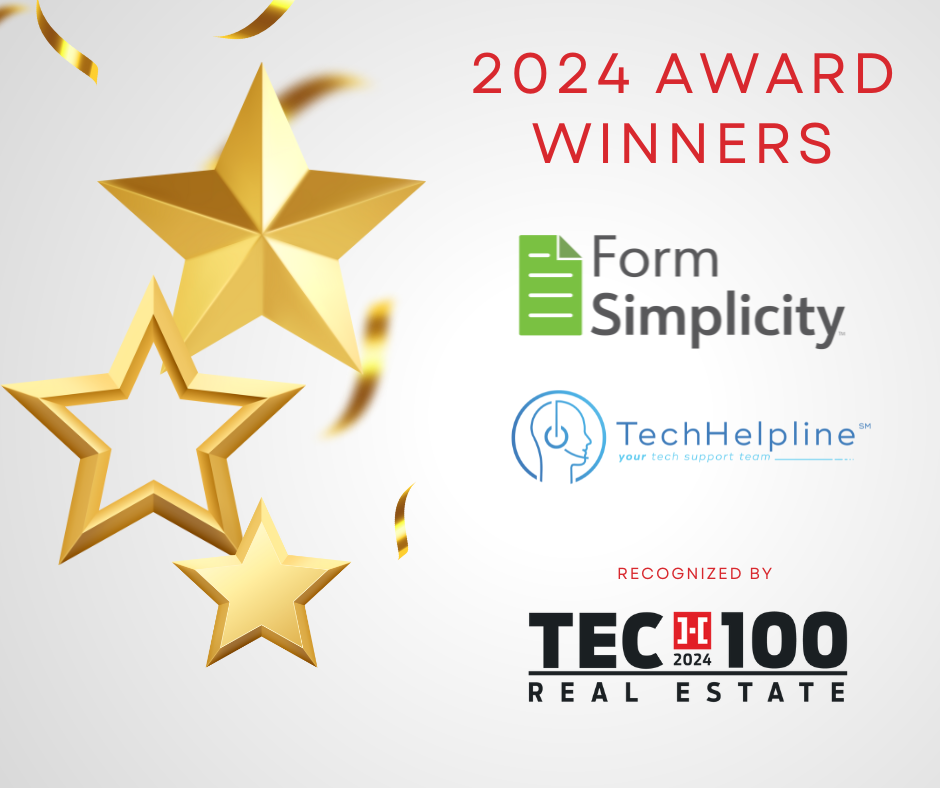
More and more homeowners and buyers are looking for ways to save on the costs involved in the daily and monthly upkeep of their homes. Realistically, this applies to all of us!
This checklist is great to bring with you and provide to your clients to help them plan and meet their goals when purchasing their new home.
These items are at the forefront of importance for today’s buyers looking to increase their home’s efficiency. The checklist below can be used as a resource and as a value proposition for you as their real estate professional.
Benefits of these Top 5 Tips:
- Increase your customer satisfaction and loyalty
- Achieve higher referral rates
- Show an understanding of the home systems to the clients
- Save deals by knowing solutions to overcome potential pitfalls or by having the resources available to guide them effectively
Tip # 1 – Lighting
The savings involved in choosing the right light bulbs and lighting in one’s home are significant. There has been a lot of controversy over CFL bulbs and their mercury content so for the purpose of health savings and lighting efficiency, let’s look at LED bulbs. LED’s (Light Emitting Diodes) have gone down in price and offer up to 25000 hours per bulb. Yes, your clients may not be in the home as long as the lightbulb, yet the savings can be significant. Also, some companies offer a 3-year warranty on each bulb purchased. The LED lighting can also be purchased dimmable, meaning the lighting can be adjusted brighter or softer.
According to Energy Star, each LED bulb purchased can save the owner $80.00 on their electricity bill over the course of its lifetime.
Occupancy Sensors
This is a great tool, especially with children. What has become common in many commercial offices is now available in your home. The Department of Energy claims that you can save up to 30% off your home’s electricity use with an occupancy sensor.
What is an occupancy sensor? It replaces the lighting switch in a room and is activated by a motion detector. The light goes on when you enter the room and turns off when you leave.
When I was a kid, my parents used to charge us $5.00 a piece if we left the light on when we were not in the room. The electricity bill was large as there were 6 of us. This was a financial incentive to turn off the lights that I remember to this day – wish that the occupancy sensors were available then!
Tip # 2 – Electronics
The average home owns 24 consumer electronics that utilize about 12% of the household energy consumption. Homes can benefit from utilizing smart power strips.
Many electronic devices continue to use power even when turned off, but it is highly impractical to unplug all devices when not in use. The best way to save electricity consumption on your bills and to protect your electronics from the effects of storm surges are with electronic power strips.
Activate Sleep Mode on Your Equipment
Along with the use of a power strip, make sure that you utilize sleep mode on your printer and computer when you are not using them or turning them off. Before purchasing, look at the manufacturer’s instructions to make sure this feature is available.
Tip # 3 – Appliances
Many clients look at the appliances from an economic standpoint: If it ain’t broke then don’t fix it. Appliances do have a timeline on efficiency as the newer models of refrigerators, dishwashers and stoves are continually being updated.
Client Experience: A client saw a condo and fell in love with it including the appliances which were 15 years old and in perfect working order. Six months after her purchase, she replaced the refrigerator and dishwasher. From these two replacements, she saw a drop in her monthly electric bill by 40%. Of course, that is not guaranteed for all appliance replacements, but what this example demonstrates is the cost of one or all new appliances can significantly reduce your electricity bill. Plus, newer appliances can increase your homes’ value when ready to sell.
When shopping for new appliances, look for ones with the Energy Star Label, which is designated by the US Environmental Protection Agency to help people save money and protect the environment.
Tip # 4 – Heating and Air Conditioning
Heating
- Look at the age of the water heater. Check out energystar.gov for the latest models for solar, tankless and the highest energy star rated heating/boiler units on the market today.
Air Conditioning
- Look at the age of the system. Consider changing unit if it is at least 12 years old.
- Change the filter monthly. This can save you anywhere between 5 to 15%. Letting the dirt build up on the filter can wreak havoc on the system or worse if there is no filter at all on the unit because it was not replaced. If the owners are renting the unit, put required monthly filter changes into the lease.
- When doing inspections and before closing, make sure that the filters are in place and clean. Many owners who are not residing in the unit fail to maintain the filters.
- Have annual inspections to make sure everything is working efficiently. Don’t wait until something goes wrong.
Programmable Thermostat
This is one of my favorite items. If you purchase a smart thermostat, then you can monitor the temperature of your home with your mobile phone while you are home or away.
Making this simple change from a manual to a programmable thermostat offers many benefits. Having a consistent temperature at all times in your home can make a big difference to your wallet and your comfort when at home and away.
This helps when you also have people at home that like to change the thermostat frequently as you can monitor it at all times and teach them how to keep it comfortable and efficient.
Make sure the programmable thermostat you purchase is compatible with your HVAC system. If you are not sure, please contact a professional.
Tip # 5 – Clean and Safe Water
Most tap and well water in the United States contains a fair amount of contamination from industrial and environmental pollution. On top of that, many homeowner communities are adding fluoride and chlorine to their systems in addition to what the municipalities are placing in the water to disinfect it.
In one community in Florida, they put notices out that to the residents when the water is being treated. When you turn on the shower, you can smell the tremendous amount of chlorine, as if you are in a swimming pool. After a few days, the smell dissipates but what are the potential long-term effects?
Many homeowners are ok with using the water filter in their refrigerator or buying bottled water for drinking use. Over the long term for both health and sustainability reasons, check into a whole-house water filtration system.
The benefits of a whole-house filtration system can be a great option for multiple reasons:
- Clean, safe filtered water is now available from every water source in the house for all members of the household and your pets
- Healthier showers & baths = softer hair and skin
- Extended life of water-using appliances and household pipes
- Softened water with scale-free showers and spotless glasses
- Softer, brighter, and longer-lasting clothing
Using this list as a guide and putting some or all of the above items into effect can help your clients when purchasing their home. It is also great for current homeowners and your past clients.
It puts money in their pocket now through the savings on their utility costs and later…when they sell their home.
Written for Form Simplicity by Janice Zaltman, a Realtor, LEED AP, Marketing Coach and Writer with more than 20 years of experience in the sales, marketing and media fields.
This site uses Cookies.
The types of cookies we use, and the way we use them, are explained in our Privacy Policy. By clicking "Accept" or continuing to use our site, you agree to our use of Cookies. More information.




